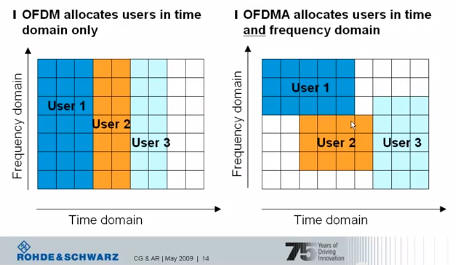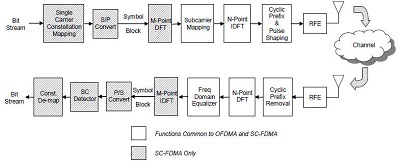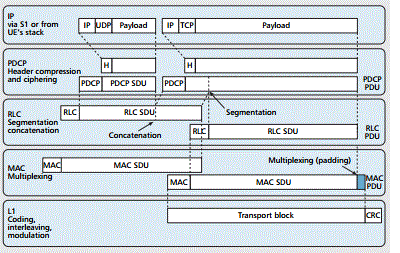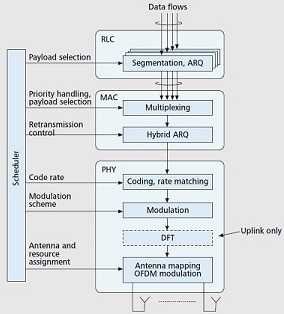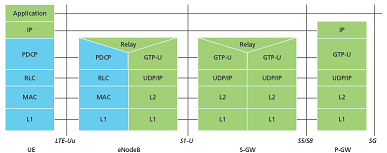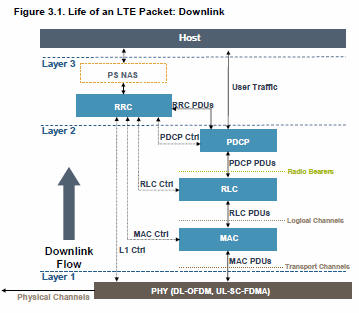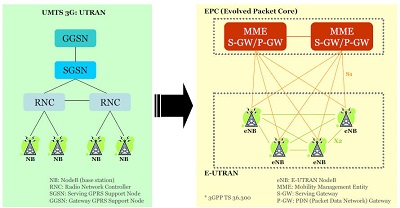The Test Lifecycle in the telecom industry is similar to that of any
other industry but with a stress on details. Here is how the test
lifecycle looks like along with the test artifacts.
Summary
The telecom service is a very broad field consists of various component including cables, networks, signals, protocols, etc. and their testing requires broad range of testing techniques, so the choice of testing techniques and strategy highly depends on what component of telecom is tested.
The test requirement, scope, test scenarios, testing techniques, testing tools, etc. varies with the type of testing involves, it can be protocol testing for VoIP or wireless device testing for CDMA. The tutorial gives basic but complete overview of how telecom testing can be performed and discuss various prospects that are crucial for telecom testing.
Telecom Testing Stage
|
Test artifacts
|
|
|
|
|
|
|
|
|
Types of Testing Performed on Telecom Software
- Interconnection Testing
- Conformance Testing
- IVR Testing
- Performance Testing
- Security Testing
- Interoperability Testing
- Protocol Testing
- Functional Testing
- Automation Testing
Sample TestCases for Telecom Testing
In Telecom Testing, one must consider testing following
Various Telecom Testing
|
Testing activities in Telecom
|
| Billing System |
|
| Application Testing |
|
| OSS-BSS Testing |
|
| Conformance Testing |
|
| IVR Testing |
|
The telecom service is a very broad field consists of various component including cables, networks, signals, protocols, etc. and their testing requires broad range of testing techniques, so the choice of testing techniques and strategy highly depends on what component of telecom is tested.
The test requirement, scope, test scenarios, testing techniques, testing tools, etc. varies with the type of testing involves, it can be protocol testing for VoIP or wireless device testing for CDMA. The tutorial gives basic but complete overview of how telecom testing can be performed and discuss various prospects that are crucial for telecom testing.




